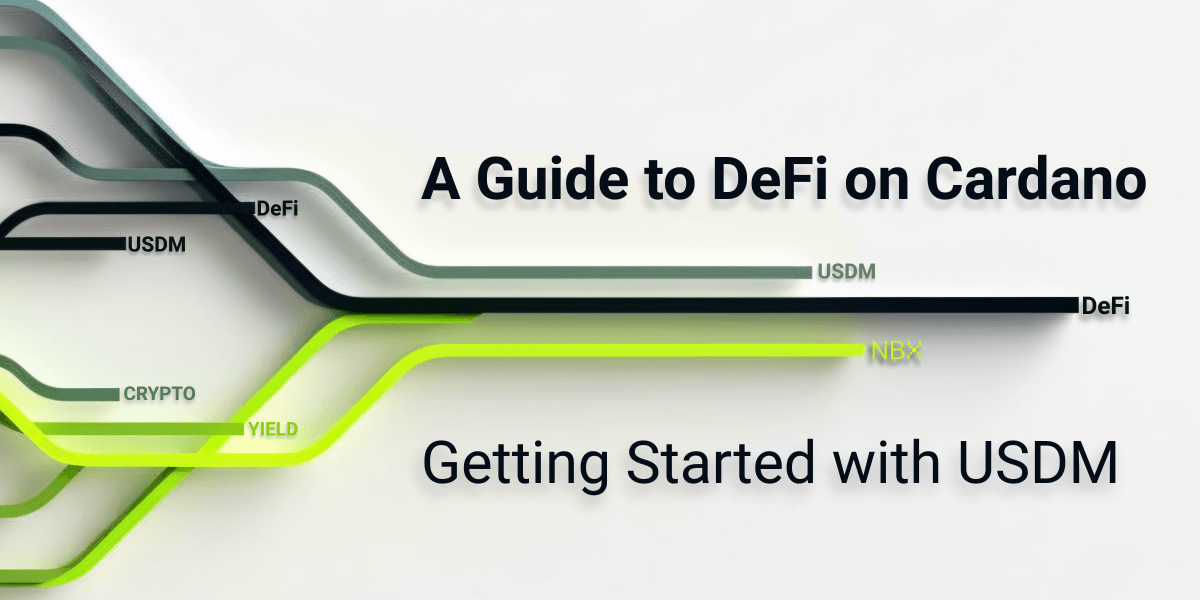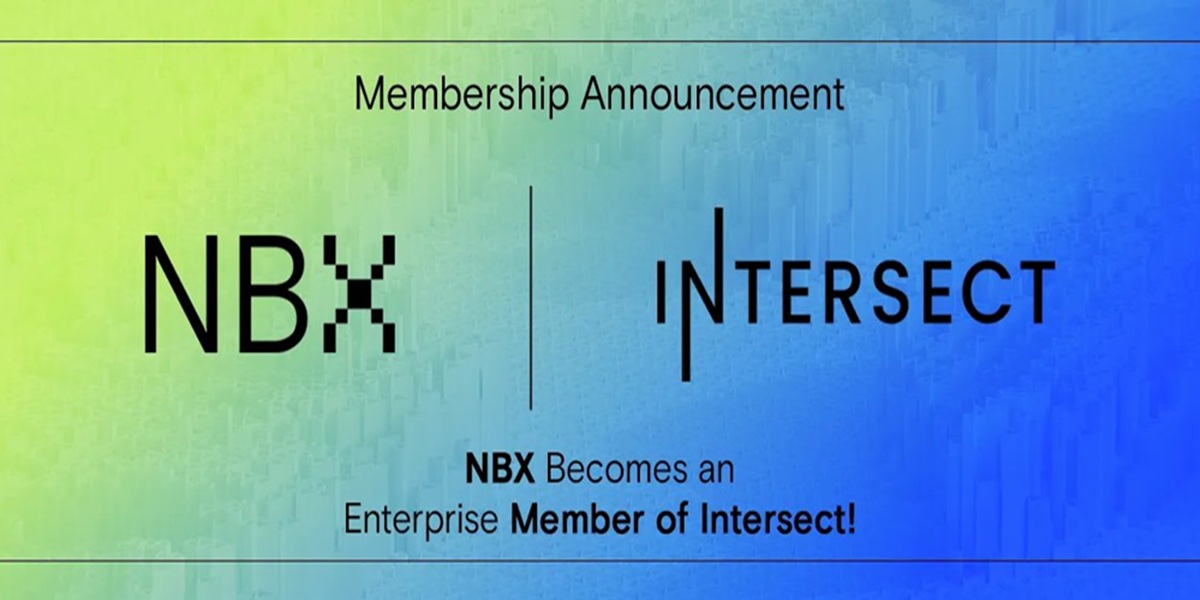Cardano (ADA) is a decentralized blockchain platform and cryptocurrency that was launched in 2017 by a team of researchers, scientists, and engineers led by Charles Hoskinson, who was also one of the co-founders of Ethereum. Cardano aims to provide a secure and scalable infrastructure for the development and deployment of decentralized applications (dApps) and smart contracts.
Cardano is based on a proof-of-stake (PoS) consensus algorithm, which means that it is more energy-efficient and has lower transaction fees than proof-of-work (PoW) cryptocurrencies like Bitcoin. Cardano uses a two-layer architecture that separates the transactional layer (Cardano Settlement Layer) from the computational layer (Cardano Computation Layer). This allows for increased scalability and flexibility for developers building applications on the platform.
One of the unique features of Cardano is its focus on scientific research and academic rigor. The Cardano team works closely with universities and research institutions to develop and validate its protocols and algorithms. Cardano is also designed to be modular and upgradable, allowing for the implementation of new features and upgrades without requiring a hard fork.
The Cardano cryptocurrency (ADA) is used to pay for transaction fees on the Cardano network and can also be used as a store of value and medium of exchange. The Cardano platform has a strong community of developers and supporters and is rapidly gaining popularity among users and investors in the cryptocurrency space.
What is Cardano ecosystem?
The Cardano ecosystem refers to the network, technology, and various components built around the Cardano blockchain. Cardano is a decentralized platform that aims to provide a secure and scalable infrastructure for the development of decentralized applications (dApps) and smart contracts. The ecosystem encompasses several key elements:
The Cardano ecosystem is continually evolving, with ongoing development and updates driven by the Cardano community, the Cardano Foundation, and the team behind the technology, including IOHK (Input Output Hong Kong).
The article does not constitute financial advice.


